Blogs & News
We are focus on automotive wiring harness & connectors technology.
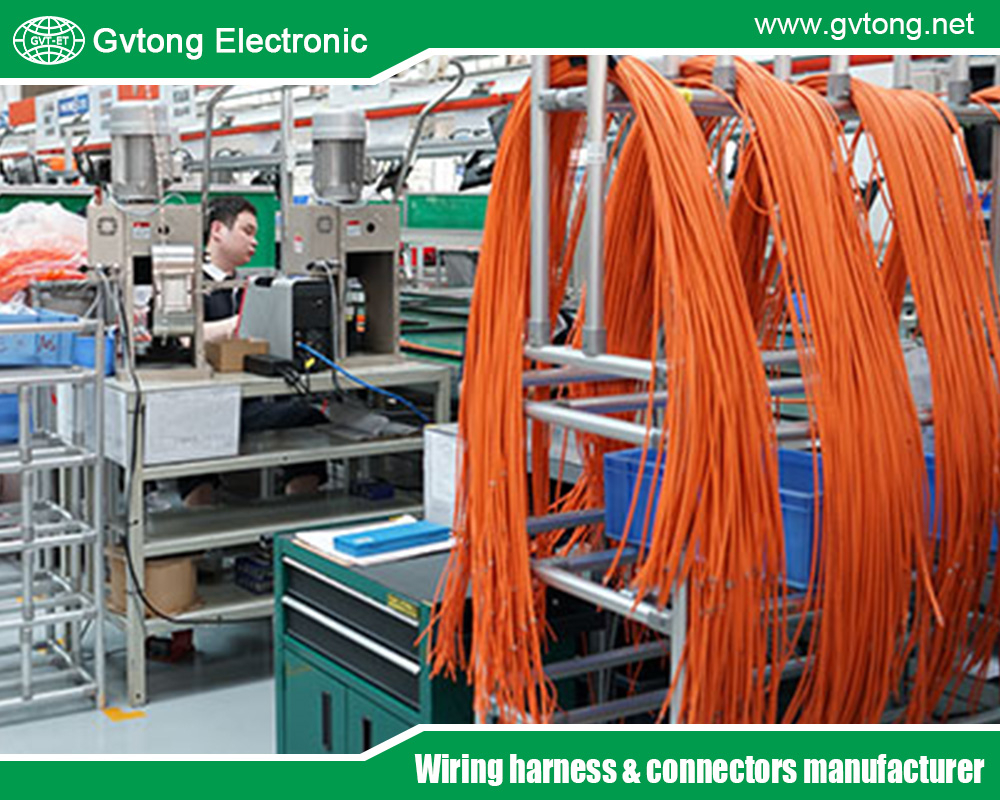
Tips on How to Reduce Failure-Inducing Wear in Automotive Wiring
- Gvtong Electronic
- automotive antenna connector, automotive high - frequency, automotive hybrid connector, automotive optical fiber connector, automotive power distribution, automotive vibration - resistant, Automotive Wiring, automotive wiring connectors malaysia, automotive wiring hamess, Automotive Wiring Harness Companies, automotive wiring harness connectors and terminals, Automotive Wiring Harness Market, Best Automotive Wiring Harness Companies, Best Automotive Wiring Harness Companies Philippines, Customized Busbar, Customized sensor components, Customized Structural Parts, Energy Storage Wire, Failure-Inducing Wear in Automotive Wiring, GA Series-Aviation Plug Connectors, GB Series-Energy Storage Connectors, GD Series-Combined Power Connectors, GE Series-Signal Connectors, GF Series-Floating Connectors, GH Series-Plastic Connectors, GM Series-Metal Connectors, GR Series-Circular Connectors, GVTong Model Connectors, High Pressure Connectors, High Pressure Wire, Industrial Control Connectors, Low Pressure Connectors, Low Pressure Wire, Medical Wire, odm automotive wiring connectors, oem automotive wiring connectors, Precision injection molding/coated parts, Reduce Failure-Inducing Wear, Reduce Failure-Inducing Wear Automotive Wiring, reduce failure-inducing wear in automotive wiring, Reduce Wear in Automotive Wiring, Top Automotive Wiring Harness Manufacturers and Suppliers, Wind And Solar Storage, Wiring harness
- No Comments
Tips on How to Reduce Failure-Inducing Wear in Automotive Wiring
Automotive wiring serves as the nervous system of a vehicle, carrying electrical power and signals to critical components like the engine, lights, sensors, and modern advanced driver-assistance systems (ADAS). However, this wiring is constantly exposed to harsh conditions that can lead to failure-inducing wear—degradation caused by factors such as vibration, temperature extremes, moisture, mechanical stress, chemical exposure, and age. When wiring wears out, it can result in short circuits, open circuits, or intermittent connections, leading to malfunctions ranging from minor annoyances (e.g., a flickering dashboard light) to serious safety hazards (e.g., brake system failure). With the growing complexity of vehicles—think electric cars and sophisticated infotainment systems—the integrity of wiring has never been more critical. This article offers a detailed guide on how to reduce failure-inducing wear in automotive wiring, providing general strategies, area-specific tips, installation and maintenance best practices, and advanced considerations to ensure your vehicle remains safe and reliable.
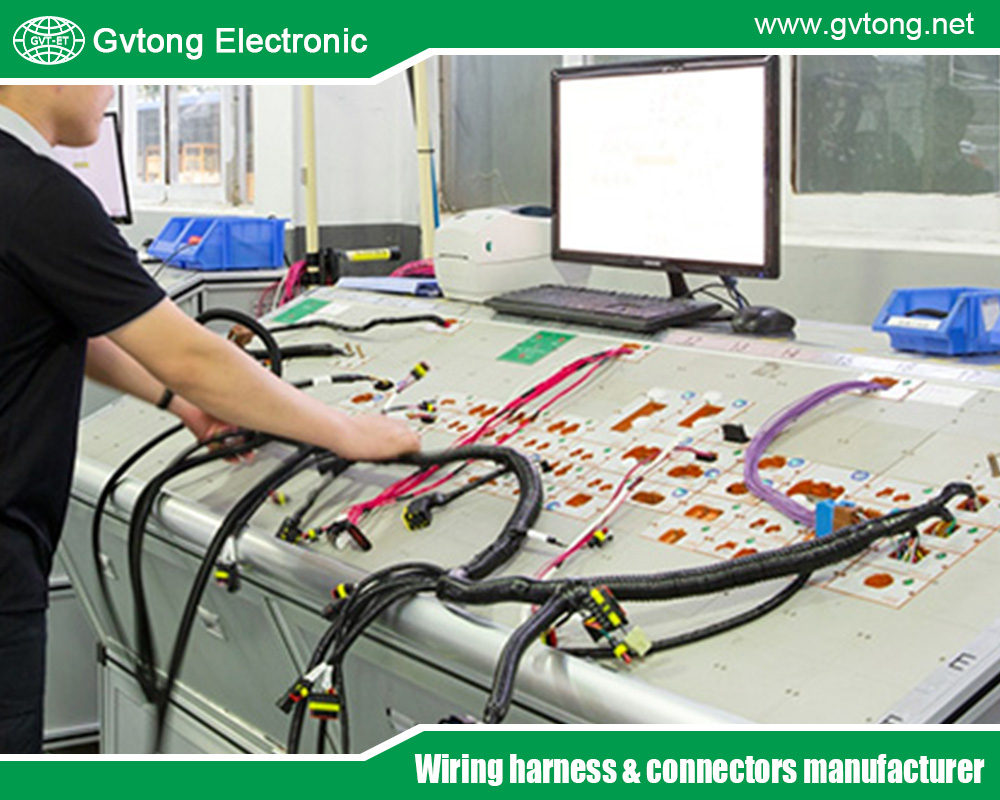
Section 1: Understanding the Causes of Wear
To effectively reduce wear, we first need to understand what causes it. Reducing failure-inducing wear in automotive wiring faces multiple stressors that degrade its materials over time. Below are the primary culprits:
Vibration
Vehicles are inherently dynamic environments. The engine’s rumble and bumpy roads create constant vibration, causing wires to flex and rub against each other or nearby surfaces. Over time, this abrasion wears down the insulation, exposing conductors and increasing the risk of short circuits or complete wire breakage.
Temperature Extremes
Wiring near the engine bay endures scorching heat, often exceeding 100°C (212°F), which can soften or degrade insulation. Conversely, in cold climates, temperatures can plummet below freezing, making wires brittle and prone to cracking when flexed. These thermal cycles stress materials, accelerating wear.
Moisture and Corrosion
Water is a wiring enemy, especially in exposed areas like the engine compartment or undercarriage. Moisture can seep into connectors or wire bundles, causing metal conductors and terminals to corrode. This corrosion increases electrical resistance, potentially leading to overheating or shorts.
Mechanical Stress
During installation or repairs, wires can be stretched, pinched, or bent excessively. Poor routing—such as running wires too tightly around corners or near moving parts—adds mechanical stress that damages insulation or snaps conductors, setting the stage for failure.
Chemical Exposure
Automotive fluids like oil, fuel, coolant, and brake fluid can leak or splash onto wiring. These chemicals can corrode metal components or dissolve insulation, weakening the wiring’s protective layer and exposing it to further damage.
Age
Even without extreme conditions, wiring degrades naturally over time. Insulation hardens, oxidizes, or cracks due to prolonged exposure to air and minor stresses, while connectors may loosen or corrode. In older vehicles, age-related wear becomes a significant factor in electrical failures.By recognizing these causes, we can tailor strategies to mitigate their impact, preserving the wiring’s functionality for years to come.
Section 2: General Tips for Reducing Wear
Preventing failure-inducing wear starts with universal practices that apply across the vehicle. These foundational tips address the common causes outlined above and form the backbone of a robust wiring protection plan.
Proper Routing and Securing
Wires should be routed away from sharp edges, heat sources (like exhaust manifolds), and moving parts (like belts or suspension components). Use clips, cable ties, or conduits to secure them firmly, minimizing movement due to vibration. For example, a loose wire flapping in the engine bay is far more likely to abrade than one anchored with heat-resistant ties.
Material Selection
Choose wiring with insulation suited to its environment. For general use, polyvinyl chloride (PVC) insulation is cost-effective and durable, but in high-temperature zones like the engine compartment, opt for cross-linked polyethylene (XLPE) or Teflon, which withstand heat up to 150°C (302°F) or more. Flexible, stranded conductors are better for areas with movement, as they resist fatigue better than solid wires.
Protective Measures
Add an extra layer of defense with sleeving or conduits. Braided sleeves protect against abrasion, while spiral wraps or plastic looms shield wires from chemicals and moisture. In harsh environments, heat-shrink tubing over connections can prevent exposure to contaminants, extending the wiring’s lifespan.
Regular Inspection
Proactive checks catch wear before it becomes failure. During routine maintenance, inspect wiring for frayed insulation, cracked sleeves, or corroded connectors. A quick visual scan—or using a multimeter to test continuity—can identify issues early, allowing prompt repairs that prevent bigger problems down the road.These general strategies lay a solid foundation, but their effectiveness increases when tailored to specific vehicle areas, as explored next.
Section 3: Area-Specific Tips
Wiring challenges vary across a vehicle’s anatomy. Here’s how to address wear in key areas: the engine compartment, interior, undercarriage, and doors/moving parts.
Engine Compartment
The engine bay is a hotbed of stressors—heat, vibration, moisture, and chemicals abound. Use high-temperature-rated wires (e.g., XLPE or Teflon) to withstand the heat from the engine and exhaust. Secure wires with heat-resistant clips or ties to combat vibration, and route them away from exhaust manifolds or turbochargers, adding heat shields if necessary. Seal all connectors with rubber boots or silicone to block moisture and chemical ingress, ensuring long-term reliability.
Interior
Inside the cabin, wiring faces less extreme conditions but still contends with vibration and mechanical stress. Route wires under carpets, behind panels, or within protective channels to shield them from foot traffic or shifting cargo. For components like power seats or adjustable mirrors, use flexible wiring with stranded conductors to handle repeated movement. During assembly, ensure wires aren’t pinched by screws, clips, or trim panels—double-check clearances to avoid hidden damage.
Undercarriage
The undercarriage takes a beating from road debris, water, and salt (in winter climates). Use wiring with tough, abrasion-resistant insulation, such as thick PVC or polyethylene, or encase it in protective looms. Route wires along chassis rails or in areas less exposed to splashes and impacts, avoiding low-hanging loops that could snag. Waterproof connectors—preferably with locking mechanisms—are essential here, and mount them in elevated, sheltered spots to minimize corrosion.
Doors and Moving Parts
Wiring in doors, trunks, or hoods must endure constant flexing as these parts open and close. Choose wires designed for this purpose, featuring fine-stranded conductors and flexible insulation (e.g., silicone or high-flex PVC). Provide enough slack to accommodate the full range of motion without tugging, and use rubber grommets or flexible conduits where wires pass through metal holes to prevent chafing. Regularly check these areas for fatigue, as repeated bending is a prime wear culprit.By customizing these tips to each area, you address the unique conditions wiring faces, significantly reducing failure risks.
Section 4: Installation and Maintenance Best Practices
Even the best materials and strategies falter without proper execution. Installation and maintenance are critical to minimizing wear.
Installation
Follow the vehicle’s service manual or wiring diagrams to route and secure wires correctly— shortcuts lead to stress points. Use specialized tools like wire strippers and crimpers to avoid nicking conductors or insulation during prep. When making connections, ensure terminals are fully crimped or soldered for a solid bond; loose connections invite vibration-induced wear and corrosion. Double-check that wires have slack where needed and are free from tension or pinch points before finishing the job.
Maintenance
Incorporate wiring checks into regular vehicle upkeep. Look for telltale signs of wear: frayed or melted insulation, discolored or corroded connectors, or loose fastenings. In older vehicles, pay extra attention to brittle insulation or oxidized terminals. Replace damaged sections immediately—don’t patch them with tape, as this is a temporary fix that often fails. Keep the vehicle clean, especially in areas like the engine bay or undercarriage, where dirt and moisture accelerate wear. A quick rinse or wipe-down can make a difference.
Good habits in these areas ensure that preventive measures hold up over time, keeping wiring in top shape.
Section 5: Advanced Considerations
For those with a deeper interest in automotive wiring, advanced techniques and choices can further reduce wear.
Wire Insulation Types
Insulation varies widely in performance. PVC is affordable and fine for mild conditions, but XLPE offers better heat and chemical resistance, ideal for engine bays. Teflon excels in extreme heat and flexibility but is pricier. For high-current applications (e.g., starters), use larger gauges (10 AWG or thicker) to prevent overheating; for sensors, 18-22 AWG provides flexibility and efficiency. Match the insulation and gauge to the task for optimal durability.
Connectors
Sealed connectors with rubber gaskets block moisture, while gold-plated contacts resist corrosion better than tin or nickel, especially in critical circuits. Locking connectors withstand vibration, preventing accidental disconnection. Ensure proper mating—misaligned or loose connectors wear out faster and compromise performance.
Vibration Dampening
Beyond securing wires, use vibration-absorbing mounts or rubber pads under clips to cushion the impact. In high-vibration zones, consider flexible conduits that dampen movement, reducing stress on the wiring itself.
Grounding and Shielding
Proper grounding prevents electrical noise that, while not directly causing wear, can stress components over time. Shielded cables (with foil or braid) protect sensitive signal wires from electromagnetic interference (EMI), common in modern vehicles with dense electronics. These steps enhance reliability, indirectly supporting wear reduction.
Aftermarket Modifications
Adding lights, stereos, or other electronics introduces new wiring. Use high-quality components and match wire gauges to the load—don’t overload existing circuits. Route and secure additions as carefully as factory wiring, using relays for high-current devices to ease the strain on the system. Poorly executed mods can accelerate wear, so plan them with care.These advanced tactics elevate your approach, offering extra protection for complex or heavily modified vehicles.
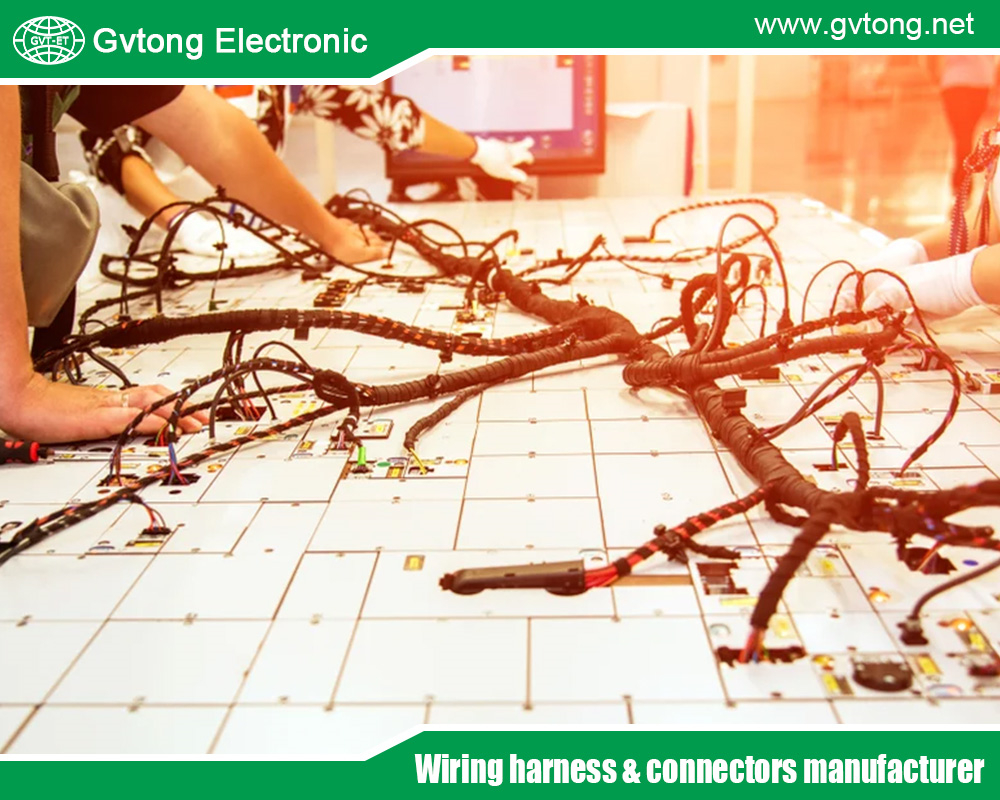
Conclusion
Reducing failure-inducing wear in automotive wiring demands a proactive, multifaceted strategy. By understanding the causes—vibration, temperature, moisture, stress, chemicals, and age—you can apply general tips like proper routing, material selection, and regular inspections. Tailoring these to specific areas, such as the engine compartment or doors, addresses unique challenges, while sound installation and maintenance practices ensure longevity. Advanced considerations, like choosing the right insulation or managing aftermarket additions, refine the process further. Together, these steps minimize wear, preventing costly repairs and enhancing vehicle safety and reliability. Investing time and effort now pays off with a smoother, more dependable driving experience—proof that a little care for your wiring goes a long way.
For more about the tips on how to reduce failure-inducing wear in automotive wiring, you can pay a visit to Gvtong at https://www.gvtong.net/ for more info.
Recent Posts
Revealing the Core Advantages of Automotive Hybrid Connectors
What is the 12 Volt Automotive Wire Connector
Recommend the Best ADAS Automotive Connector Manufacturers in China
What is an Electrical Distribution System and How to Choose It
The Top Automotive Electrical Connectors Manufacturers You Want to Know
How to Choose the Best Automotive Connector Suppliers in Vietnam
The Best High Current Connectors Automotive Manufacturer in China
Tags
Recommended Products
-
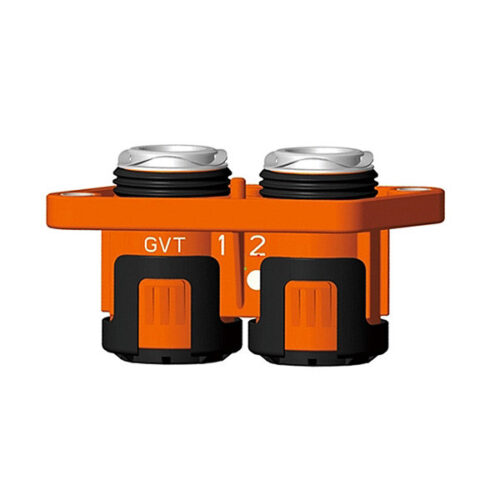
GIPT two-core wiring connector
-

GE Series-8-core cylinder connector
-
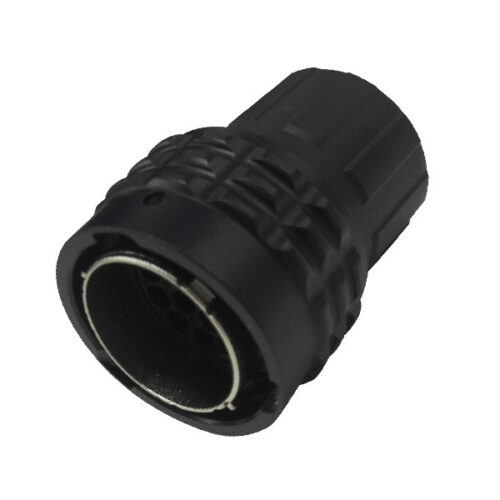
GR Series-12-core 14# circular signal connector
-
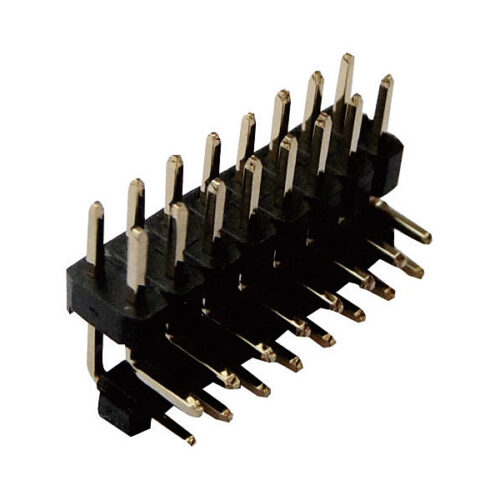
Pin header and female header
-
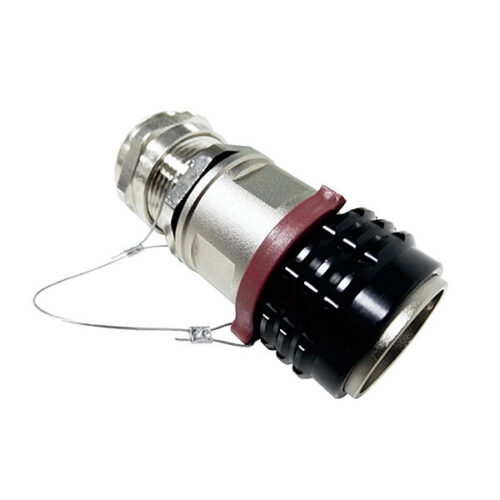
Signal connector-2 core
-
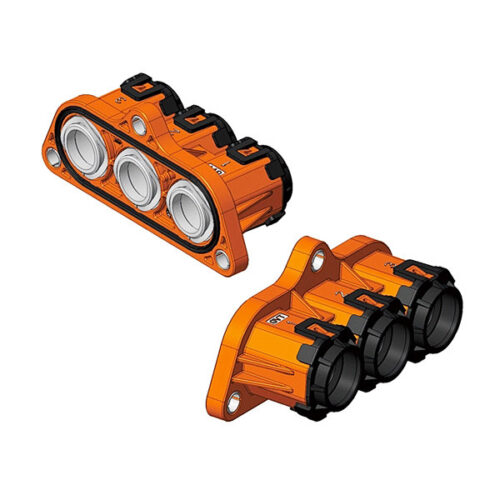
GVPT three-core wiring connector
-
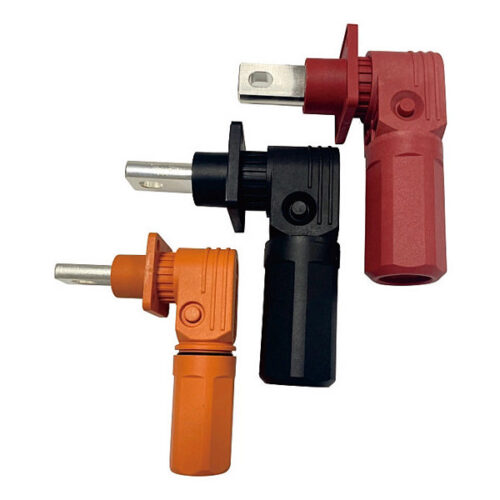
Energy storage connector 10.0mm
-
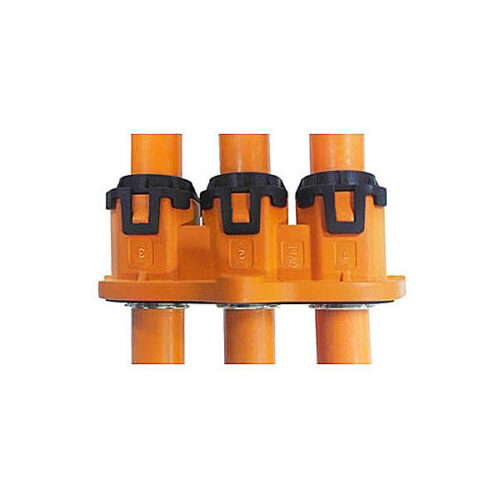
Automotive 3-Core Plastic Via Connector, 3-Pin Automotive DC Connectors, Automotive Plugs Cnd Connectors
